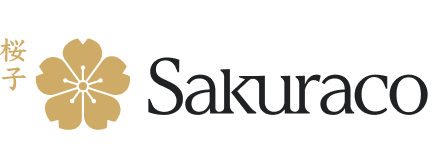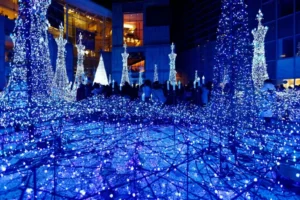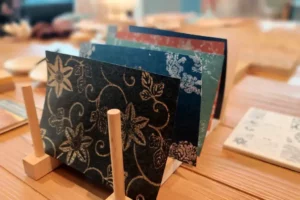Before modern technology, people were often at the mercy of fate and had to rely on any other means they could find to make everyday decisions. Rokuyo is one such trusted resource.
Deeply embedded in Japanese spiritual beliefs and a centuries-old calendar system, it combines ancient wisdom and beliefs with practical guidance that people still trust today. In this entry, we will explore how rokuyo arrived in Japan, its origins, and how it continues to influence everyday routines after many centuries.
Table of Contents
ToggleWhat exactly is rokuyo?
The rokuyo system is deeply connected to the concept of Yin and Yang. It is a six-day cycle in the Japanese calendar believed to maintain a balance of good and bad luck. And each day in the cycle is rated according to whether it brings good or bad fortune. Some days maximize success and minimize difficulties, encouraging bold moves, while others suggest caution. This ancient system has been used to plan significant events in people’s lives for centuries. The kanji for the Japanese word “rokuyo” is comprised of the character “六”, which means “six”, and “曜”, which means “day of the week”.
Tracing the History of Rokuyo in the Japanese Calendar
People living centuries ago were somewhat limited in how they gained information. What knowledge they did gain trickled in slowly. Upon arrival, it was often from untrusted sources or in the form of an unpleasant surprise. But what if you needed to pick the best day to do something important? People needed a predictable rhythm that they could put their faith into, and that others also used and trusted.
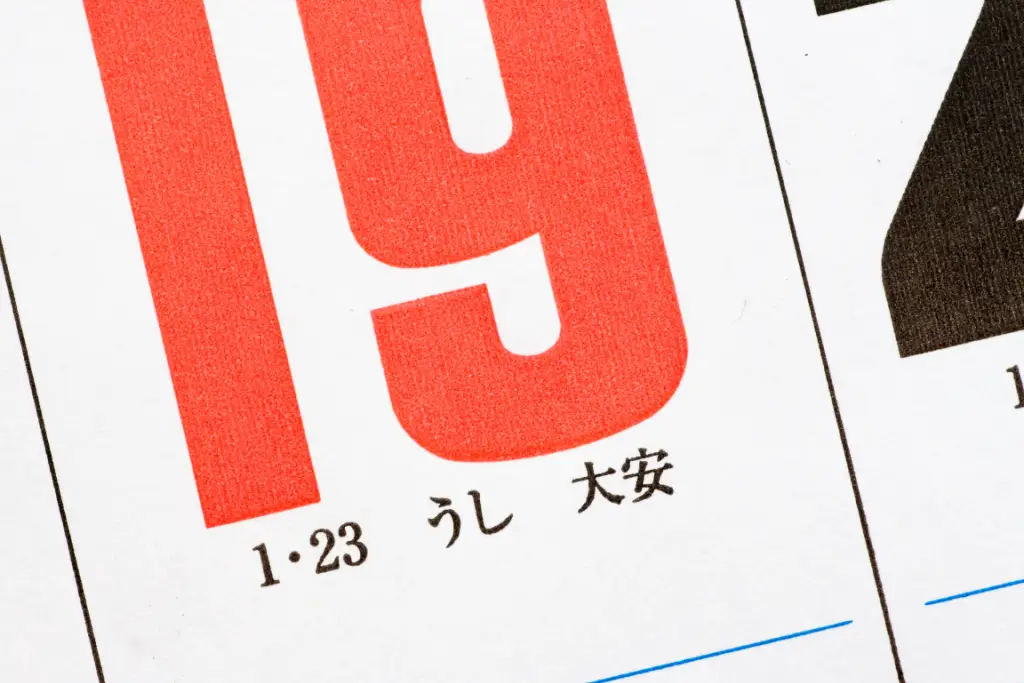
Rokuyo made its way to Japan during the Kamakura period (1185-1333). It was adapted from Chinese practices for predicting the future. When it was first introduced, it was used by members of the Emperor’s court for planning official affairs. It was also used by the elite to set personal goals. By the Edo period (1603-1868), the belief had become more widespread among ordinary citizens.
During the Meiji era (1868-1912), its popularity declined for a brief period. This was due to efforts by the government to suppress the practice, as it was deemed too superstitious. But it had already spread throughout the country. It became even more popular, and today is still deeply connected with Shinto and Buddhist elements in Japanese society. It manages to exist seamlessly alongside modern thinking and lifestyles.
Breaking Down the Six Days in the Japanese Calendar
The six days of the rokuyo cycle are taian, tomobiki, sensho, senbu, butsumetsu, and shakko. Each comes with its own unique conditions that vary slightly throughout the day – even by the hour. These days all have different energies and purposes. Taian stands for “great peace”, and ranks as the luckiest for all-day endeavors like celebrations. Tomobiki is perfect for pulling friends together, making it ideal for unions and reunions, but unsuitable for farewells.
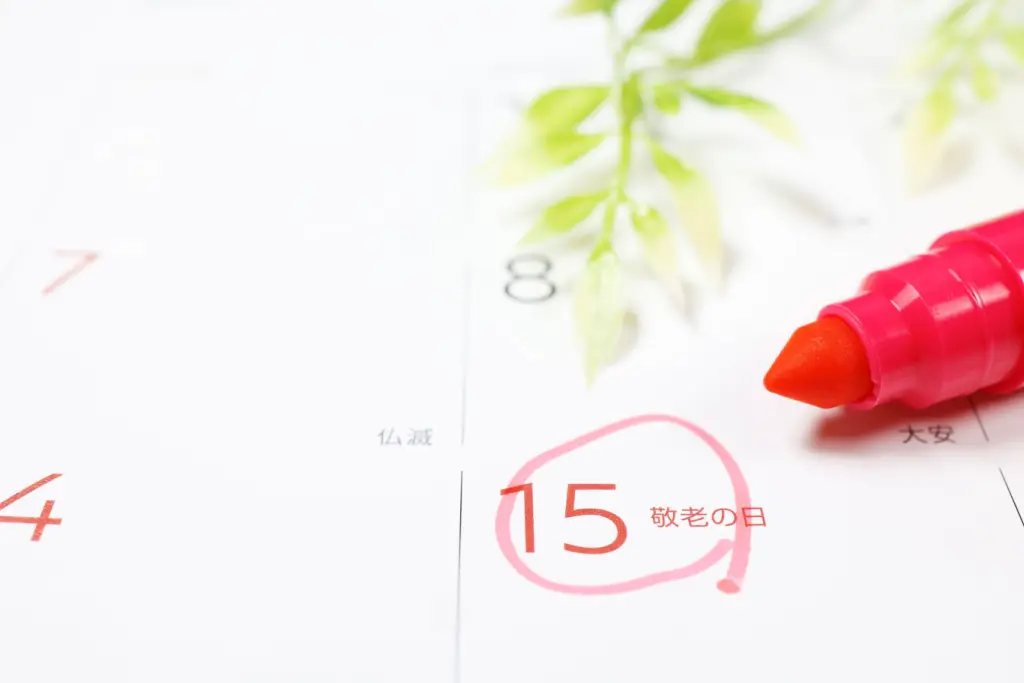
Generally, sensho is best suited for quick actions, with early morning sessions yielding the best results. Senbu advises patience, with better fortunes in the afternoon hours. Meanwhile, butsumetsu signals overall misfortune, and is a time to avoid taking significant steps. Shakko carries warnings as well, but not around midday when conditions are more favorable.
Are you looking for great snacks for the winter? Check out Sakuraco! Sakuraco delivers traditional Japanese snacks, teas, and sweets from local Japanese makers directly to your door so you can enjoy the latest treats from Japan!
How is rokuyo used in modern life?
Rokuyo is more than choosing the best time to buy a lottery ticket. It is a combination of old rituals and socially accepted norms. Rokuyo advises on the best times for activities such as relocations, contracts, ceremonies, and other significant actions. Weddings often favor taian for its promise of stability and joy. On the other hand, ceremonies like funerals steer clear of tomobiki to respect the solemn nature of the occasion. Businesses also might launch on promising days. As a result, this may boost the confidence of board members, investors, and employees and increase the chances of success.
Some take a lighter approach to these lucky and unlucky times, treating rokuyo more like casual horoscopes for lighthearted reference. For travelers, incorporating rokuyo can help set the mood for more spiritual outings, for example, by choosing taian for serene temple explorations. Steering away from butsumetsu might make adventurous outings feel calmer and appear to run more smoothly. Entry costs to attractions generally remain the same, but a centered mindset may add value.
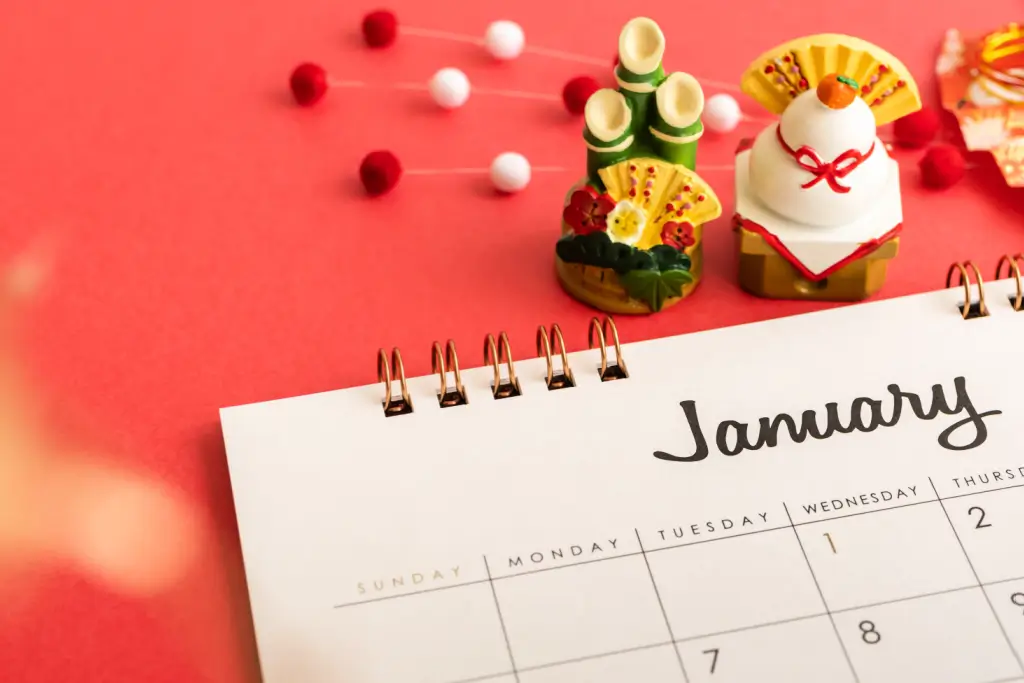
Why does rokuyo still matter in Japan?
Rokuyo still matters in Japan because it applies an ancient practice to almost any decision-making process. Approaching time in this way encourages a deeper level of planning that can set the tone for an entire day. In fast-paced lives full of schedules, deadlines, and alarms, it offers a way to incorporate reflection and consider balance.
Despite technological advancements, old beliefs continue to influence our modern habits overall. Rokuyo has been adapted to match the hectic schedules of present times. Apps and websites deliver instant updates and a constant flow of information, but rokuyo preserves a touch of ancestral insight. At its core, it simply encourages a mindful approach to living life. Have you ever used rokuyo to plan any of your trips or activities? Do you have any stories or tips to share? What’s your take on lucky and unlucky days? Share in the comments to begin a discussion!
Cited Sources
- Shinjuku Japanese Language Institute. “The Rokuyō (六曜): traditional calendar of fortune“.
- SSRN. “Noise Traders and Cultural Factors: The Japanese Rokuyo Effect Evidence Implications For Investor Sentiment Induced Return Anomalies“.
- Unseen Japan. “Rokuyo: Japan’s Lunar Calendar Tells You When To Marry“.



